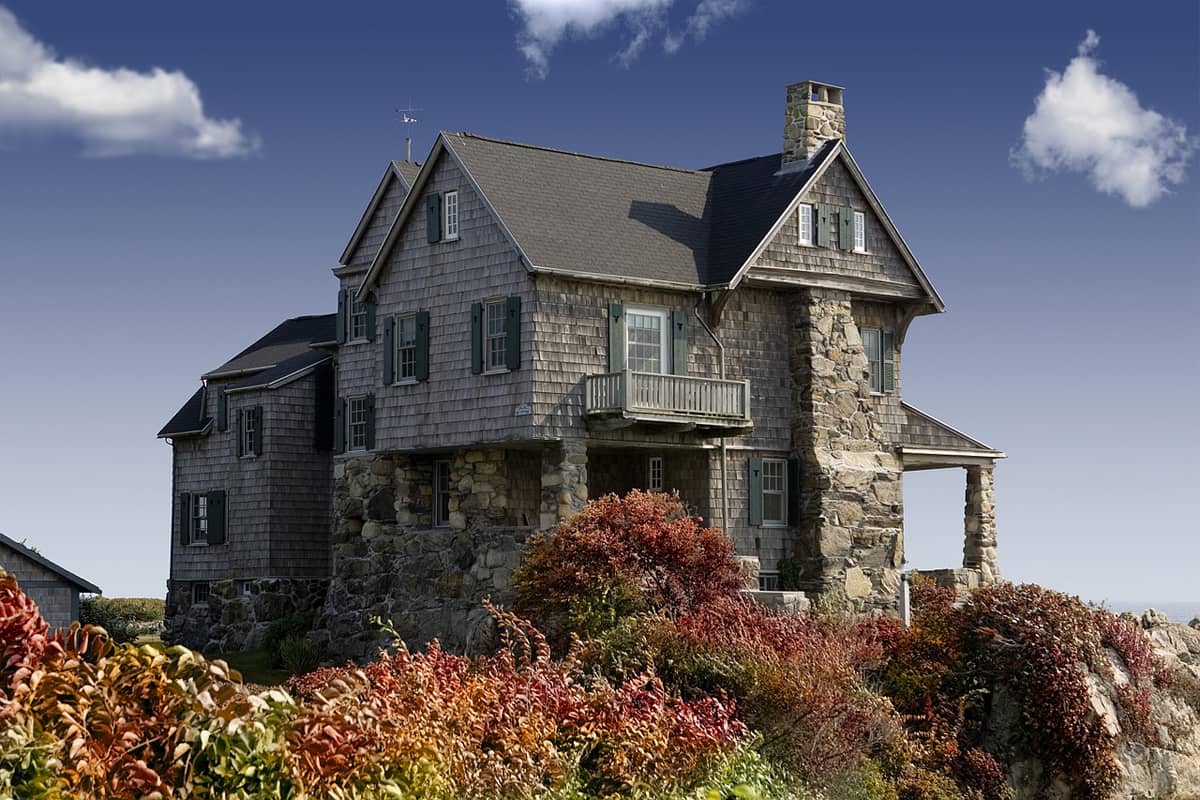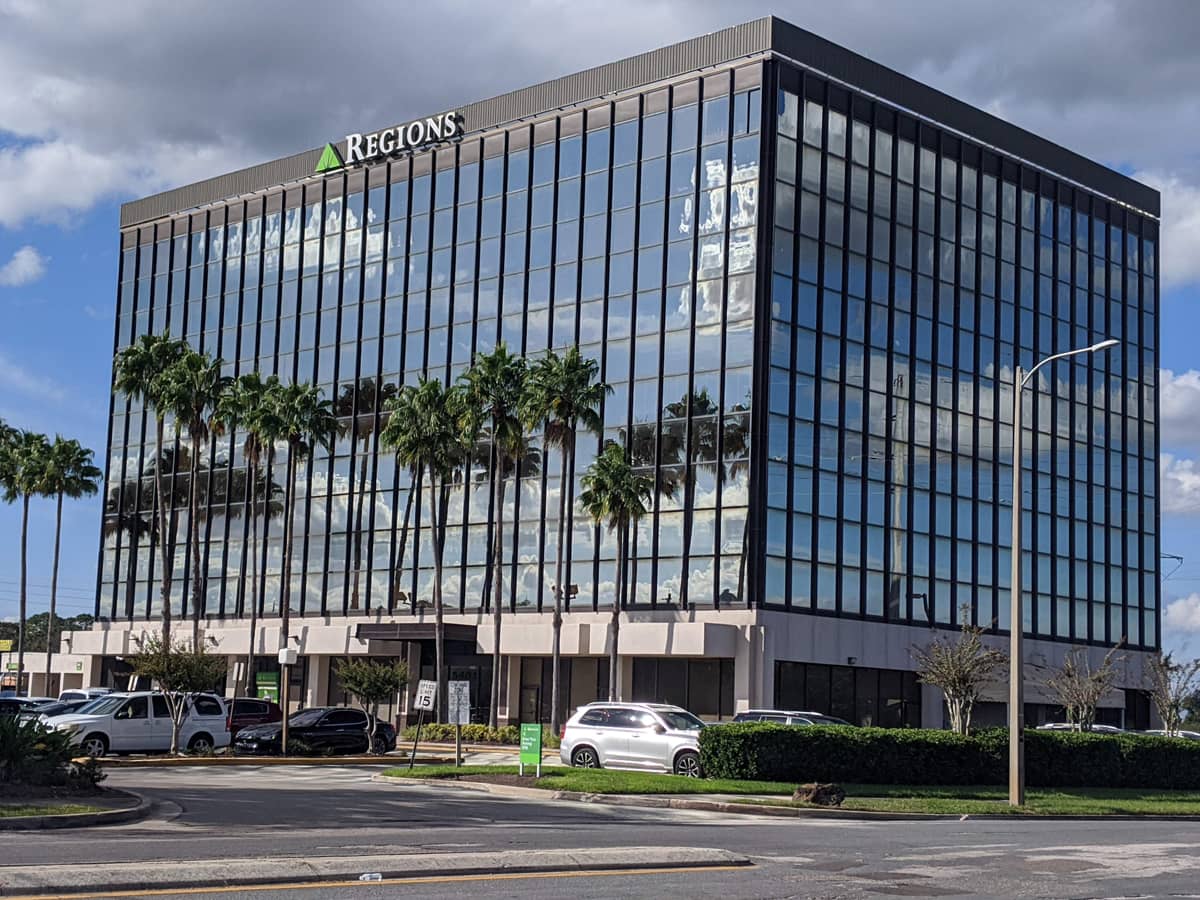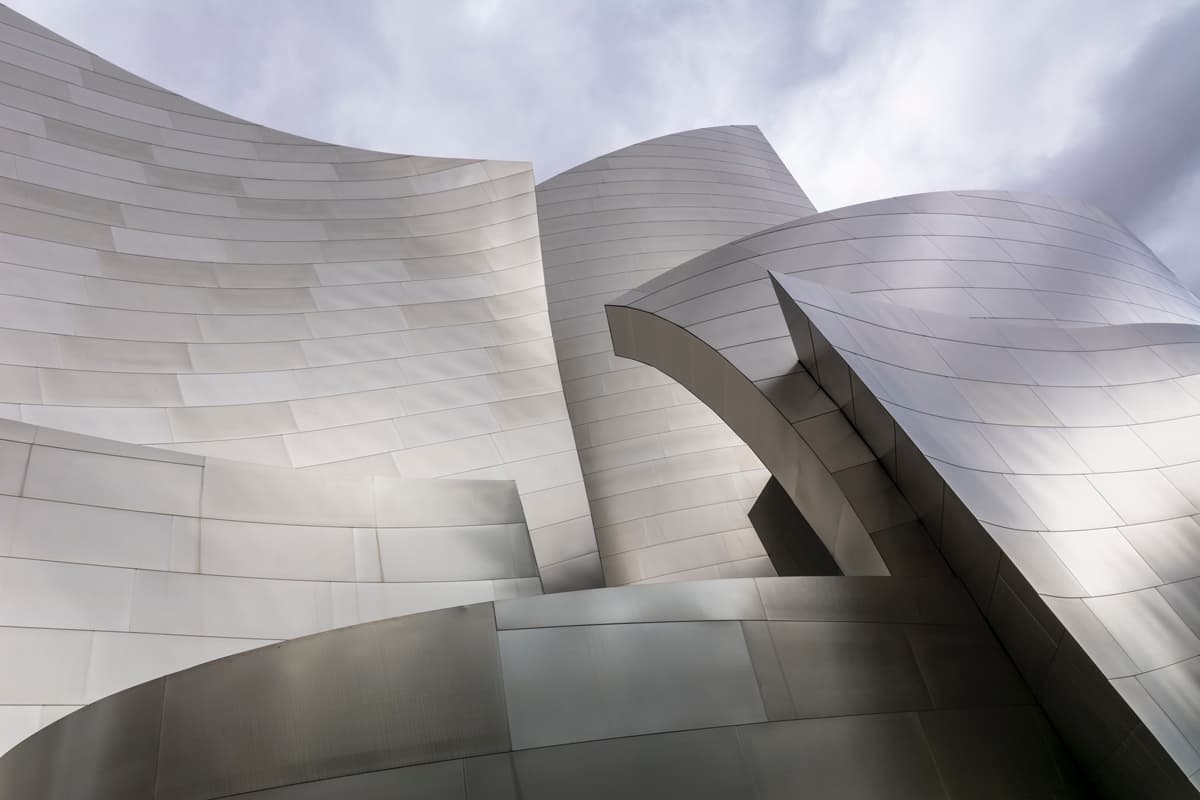Architectural Facade Cladding generally refers to the front part of exterior of a building, also known as exterior cladding. In architecture, the exterior cladding of a building is often the most important aspect from a design standpoint, as it sets the tone for the rest of the building. From the engineering perspective of a building, exterior cladding is also of great importance due to its impact on energy efficiency. For historical exterior cladding, many local zoning regulations or other laws greatly restrict or even forbid their alteration.

How to Choose the Suitable Architectural Facade Cladding
When exploring exterior cladding ideas and inspiration, you can come across many options that serve various purposes and fit different budgets. For example:
1. Brick
Bricks are a very common choice among contractors. Economical and easy to find, they give a beautiful, classic finish to almost any building. Although naturally sourced, brick making has a severe impact on the environment because of the massive amount of energy required to burn the clay. Luckily, in recent years, several manufacturing companies in the industry have come up with ways of producing bricks from recycled materials, which can considerably reduce carbon emissions.

2. Vinyl
In modern architecture, vinyl is the most commonly used material. It is considerably cheaper than its counterparts, being one of the lowest costing options in the market. Vinyl siding can last for decades if taken care of properly. It’s a more sustainable option than brick, and, in some cases, it can have an even smaller impact on the environment if you decide to recycle when it’s time to replace it.

3. Stone
Although falling on the expensive side of exterior finishing materials, stone has proven to be easy to maintain and extremely durable when exposed to the elements. The most popular kinds are sandstone, limestone, travertine, granite, marble, and flint. While this option can be highly priced due to the shipping and installation process, a more economical way of giving your building this timeless look is with stone veneers. This can considerably reduce the cost of siding, but on the downside, it lasts less than half the time natural stone does.

4. Composite
Composite siding is often made from sawdust, scrap wood, and other products like PVC and fiber cement. Along with vinyl, composite is one of the less expensive options out there, and its made to mimic real wood, with the added value of being water and fire-resistant. It also does not expand or contract, which increases its durability. To make your composite last, you should pressure wash it every couple of years, and you can even repaint some brands after a while.

5. Metal
For this siding you can use galvanized steel, aluminum, zinc, and copper; which are durable materials and require little to no maintenance, allowing them to last for several decades. The problem with metal cladding is that when picking less resistant materials (such as aluminum) to reduce costs, it can easily be dented by hail or other accidental impacts, requiring expensive repairs in the long run.

6. Stucco
Although it was traditionally made with lime, sand, and water, modern Stucco has replaced lime with cement and fibers to make a crack-resistant plaster that will effectively protect your facade from the elements. Stucco has a high cost of installation since it requires several layers to provide excellent results. However, it’s a little more customizable than other options out there. You can repaint it and try different finishes on your facade.

Architectural Facade Cladding Solution
There is one thing we all agree on within the architectural industry, and that is the popularity of aluminum composite panel has not stopped growing in the past few years. Its use has been expanding under the cover of energy efficiency, low price and architectural possibilities. Compared to the above materials, Aluminum Composite Panel offers consumers an economical solution for building, paired with a streamlined and contemporary aesthetic.
Benefits of Using Aluminum Composite Panel
Alucoworld has introduced Aluminum Composite Panel in detail (What is Aluminum Composite Panel?). Overall, ACM panel has many advantages, including:
1. Unparalleled Durability
Thanks to aluminum composite panel it is easier to create shapes that aren’t so easy to create with other facade cladding materials. ACP sheets can be cut, folded, drilled, bent, and perforated without losing structural integrity. Thanks to its flexibility ACP sheets can be used where other materials can’t. Aluminum composite panels are extremely durable and can last for decades.
2. Extremely Lightweight
Compared with steel, aluminum is 66% lighter which makes it a perfect suitable substitute.For example 3mm thick Alucoworld aluminum composite panel weighs 15kg per sheet and 4mm thick Alucoworld aluminum composite panel weighs 19kg per sheet.
3. Extensive DIY Possibilities
Alucoworld provides aluminum composite panels in various shapes & sizes and supports customization.In addition, Alucoworld can produce all colors on all professional color cards and be available with kynar 500®-based fluorocarbon coating according to your requirements.
4. Affordable Low Price
Aluminum composite panel quality-to-price ratio is extremely favorable, especially when compared to materials such as metal, stone, brick and stucco. ACP sheet is very light and doesn’t require many fixing points, thereby reducing labor and material costs. In addition to being easy to install and fix, the maintenance cost is very low.
5. Non-combustible
Aluminum is classified as a non-combustible material for architectural facade. Aluminum begins to melt, but it is not inflammable at a temperature of 650 degrees centigrade or 1202 degrees Fahrenheit. This makes aluminum composite panel a fireproof option. It is an environmentally friendly facade cladding materials that will not produce toxic gases in the event of a fire.

Most of these architectural facade cladding solutions can be ordered and selected according to the area used and the required features. Many famous architectural facades have used aluminum composite panels, making it one of the most commonly used facade cladding materials in architecture.
Why not put aluminum composite panel to use transforming your own architectural vision? Contact Alucoworld without any hesitation and get a free sample right now.



